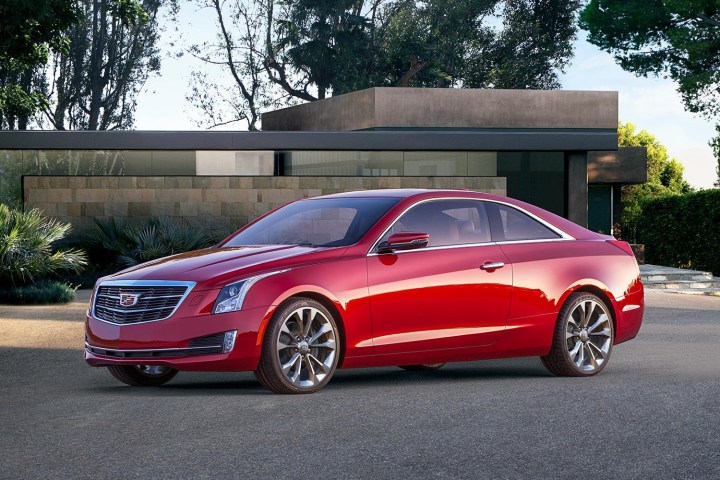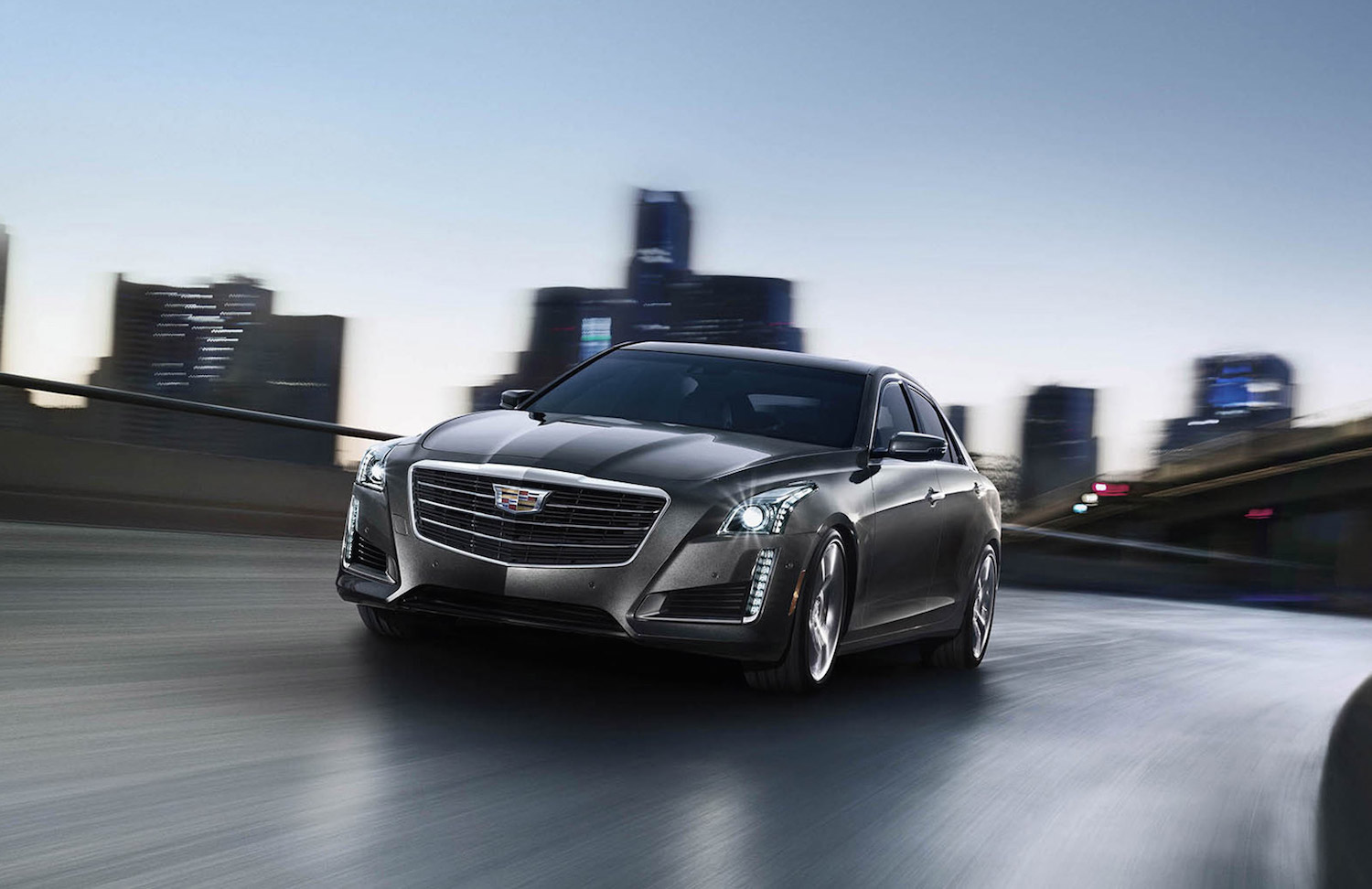
Both vehicles will get cylinder deactivation, stop/start technology, and an eight-speed transmission for all variants. The results of the above changes will be an increase in fuel economy of approximately 9 percent and a reduction of CO2 emissions by about 6 percent.
Presently, the 2015 ATS achieves up to 21 city and 33 highway miles per gallon, off the pace of rivals like the BMW 3 Series, Audi A4, and Mercedes-Benz C-Class. As for the CTS, even in its most fuel efficient guise, it only manages up to 20 mpg city and 30 mpg highway, which is significantly less frugal than BMW’s 5 Series, Audi’s A6, and Mercedes-Benz’s E-Class.

The stop/start function, available on both the 2.0-liter turbocharged four-cylinder and 3.6-liter V6 will use a “voltage-stabilization system powered by ultracapacitors to restart the engine.” This is in contrast to the industry standard of using the battery to kill and restart the engine. Cadillac says its way of doing things makes restarts smoother and quicker.
Unsurprisingly, cylinder deactivation is reserved for the V6 engine-equipped models, which temporarily shifts to four-cylinder power when optimal performance isn’t required. Speaking of the V6, Cadillac will use the same 3.6-liter unit for 2016, but with an additional 12 horsepower and 7 pound-feet of torque for a total of 333 horsepower and 285 lb-ft of torque.
Beyond engine and transmission updates, styling for the 2016 model years of both the ATS and CTS should remain the same, and so will their starting prices. The 2015 Cadillac ATS sedan kicks off at $33,215 with a naturally aspirated 2.5-liter four-cylinder, while the 2015 Cadillac CTS starts at $46,340 for the 2.0-liter turbocharged four-cylinder version.
Editors' Recommendations
- Google’s 3-year update promise for the Pixel 6 is disappointing but predictable
- 2020 Cadillac CTS-V has reduced performance, but also a lower price


